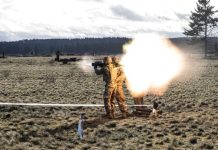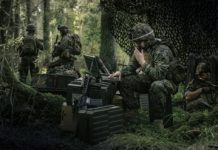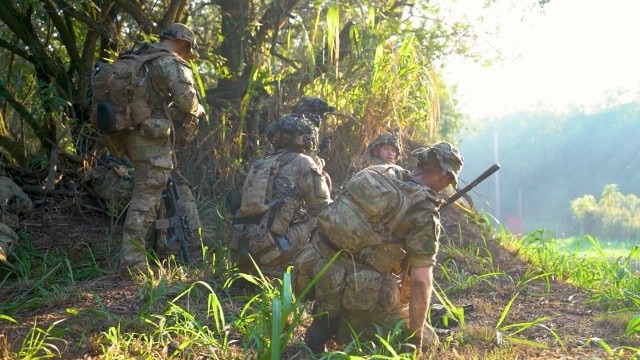
SCHOFIELD BARRACKS, Hawaii — The blue Pacific is now saturated with Army green as allies and partners join forces to prepare for large-scale combat operations.
As the Army adapts and evolves its network to reduce complexity and tailor capabilities at echelon, it relies on persistent experimentation, fielding and Soldier feedback to refine network operational concepts.
The 25th Infantry Division has been a critical experimentation partner in this effort, most recently during the Joint Pacific Multinational Readiness Center 24-01 exercise at Schofield Barracks employing the Integrated Tactical Network, or ITN, for its networked communications.
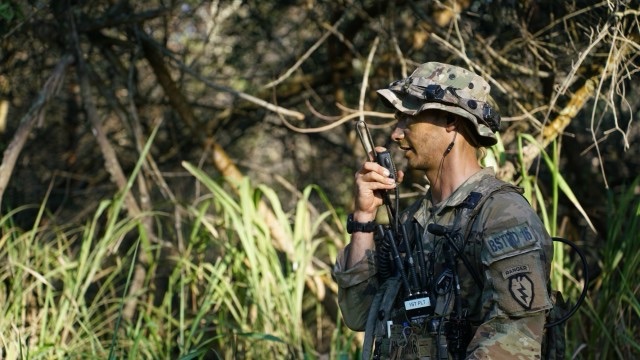
“Here in the Pacific, we’re faced with unique environmental considerations, from triple canopy jungles to the mountains and volcanoes,” said Maj. Justin James, division deputy communications officer (G6) for the 25th ID. “The ITN is going to help us communicate over terrain in which we couldn’t before.”
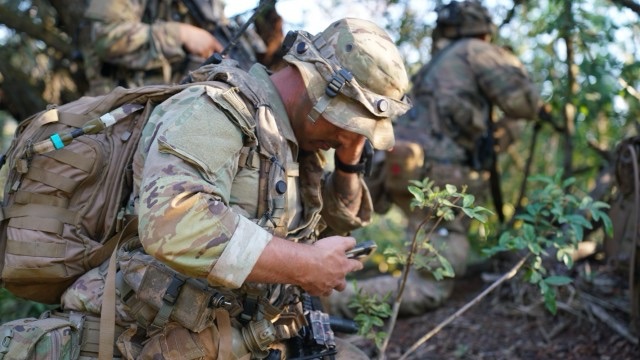
The ITN is comprised of a flexible network kit that incorporates commercial capabilities such as tactical data radios, commercial cell technologies, and tactical cross domain solutions that integrate into the Army’s network foundation. The flexibility of the ITN allows higher echelons to take on complex network planning and management, while retaining necessary network capabilities for commanders at lower echelons who are focusing on the fight.
One priority for the 25th ID during the execution of JPMRC 24-1 was to exercise and fight on the Sensitive but Unclassified – Encrypted, or SBU-E, network to the greatest extent possible. The use of the SBU-E enclave supported communications across echelons and the joint and coalition communities.
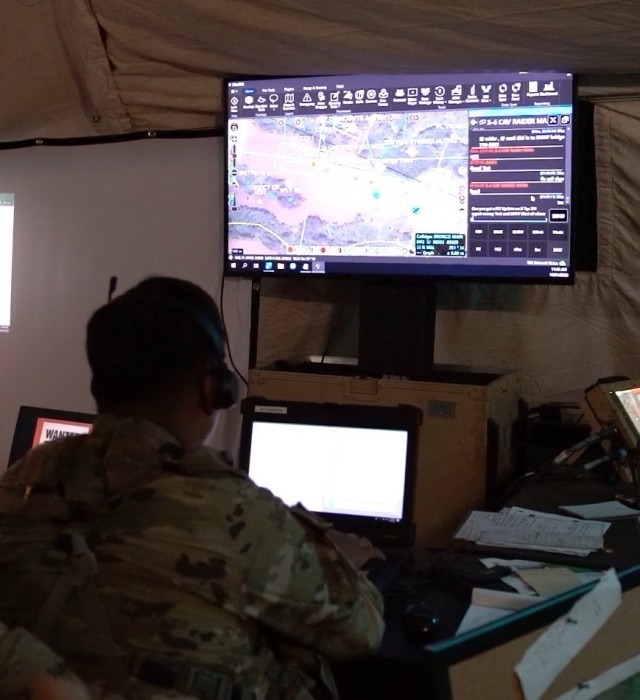
“In a future fight, the U.S. will have to fight with its partners and allies and to make that interoperability real, our network has to be as flat, fast and accurate as possible,” said Col. Rob Shaw, 3rd Infantry Brigade Combat Team, 25th Infantry Division commander. “Because it’s at an [acceptable] level of encryption I can pull in our partner nations.”
Over the past six years, nine brigade combat teams and six security force assistance brigades have successfully conducted operations using SBU-E at brigade and below to provide increased operational flexibility, interoperability, and security, while retaining secret voice and data communications where required.
During the experimentations, the 3-25 established communications up to division and down to the tactical command post using SBU-E to follow each tactical operations center movement. This provided Army network developers with data to inform network design.
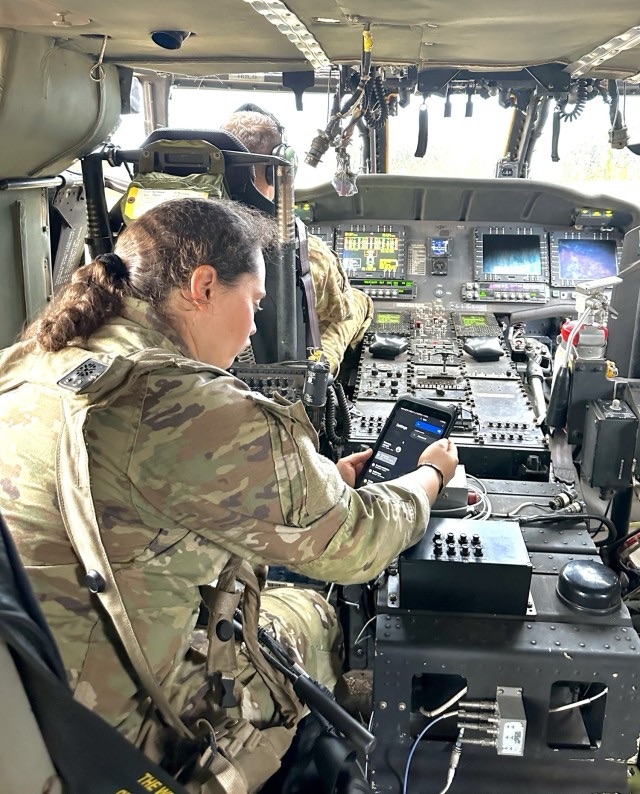
Persistent Experimentation: Extending the Network
To complement the existing ground-based ITN capabilities, the Army inserted new aerial tier experiments by incorporating the ITN’s tactical radios into fixed wing drones, which significantly extended the network across intra- and inter-island terrains and onto a UH-60 Blackhawk for air to ground communications.
The Aerial Tier Network Extension featured a K-1000 drone, which completed a 26-hour flight carrying full motion video with the radio creating a single mesh network to significantly extend the mesh network.
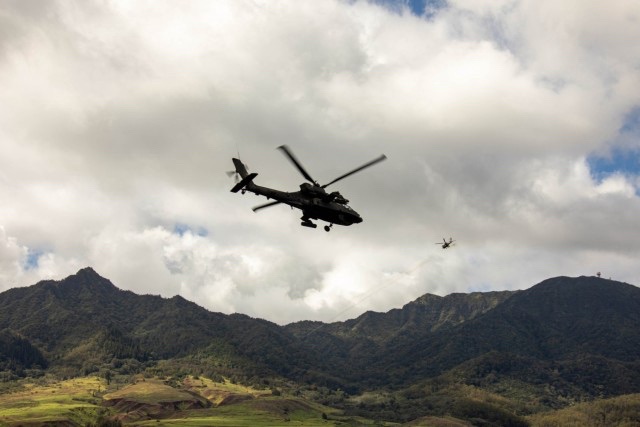
The Aerial Integrated System, also known as ITN in the air, provided shared position location information between the pilot down to dismounted troops equipped with end user devices.
“As soon as the helicopter comes into the line of sight, the system creates a communications bubble between the pilot, who is tracking the mission on a tablet, and the ground forces, who are communicating with the pilot and each other using their end user devices,” said Maj. John Azbill, 3-25 S6. “Air to ground communications are especially critical during our night time air assault operations.”
The unit also successfully experimented with a joint-enabled radio for shore-to-ship joint call for fires, which enabled the forward observer to initiate the fires chain up to a U.S. Navy destroyer offshore to launch a notional fires mission.
“We’re in the Pacific, so joint fires missions are probably what we’re going to most rely upon to fight,” Shaw said.
The 25th ID will continue to participate in operational exercises in 2024, where it will refine its ITN capabilities and provide the Army with additional feedback on how to implement a strategic communications link across the Indo-Pacific.
Story and photos Kathryn Bailey, U.S. Army Public Affairs
Some photos by Sam Brooks
You can skip to the end and leave a response. Pinging is currently not allowed.


